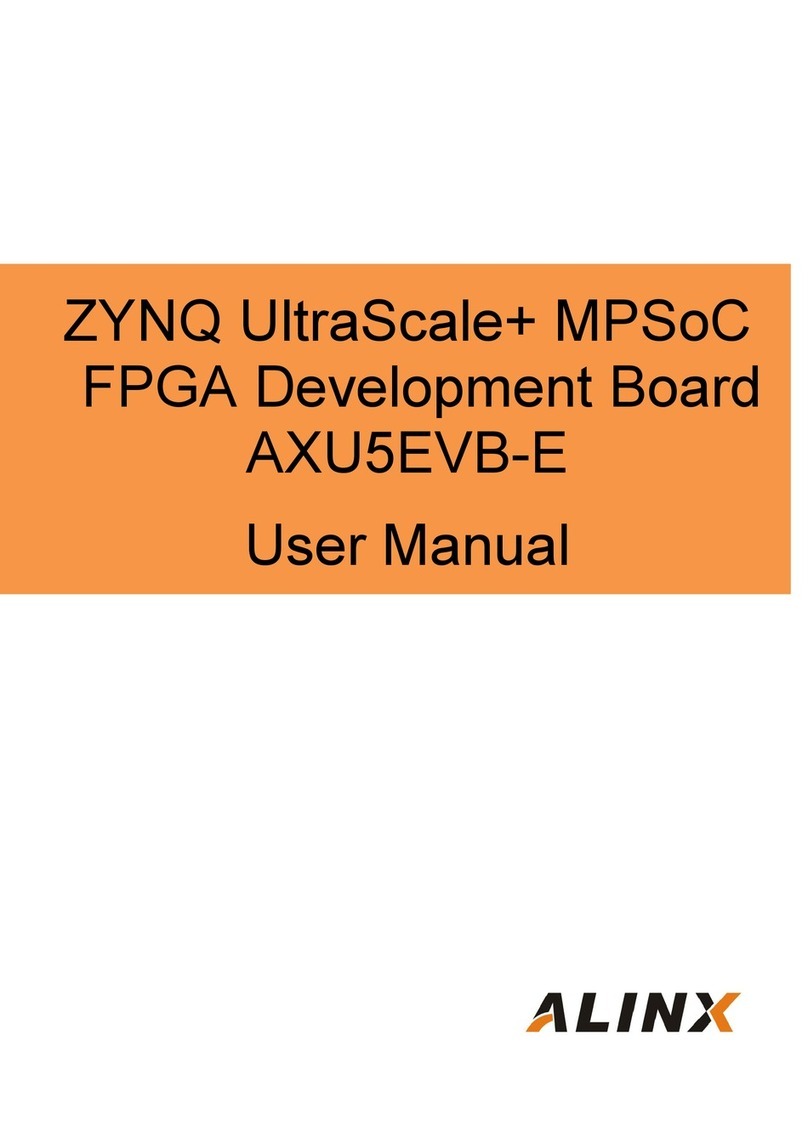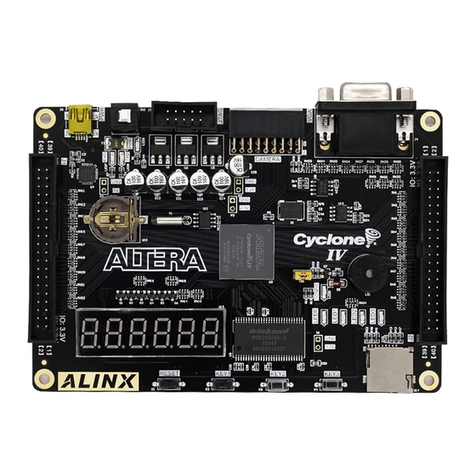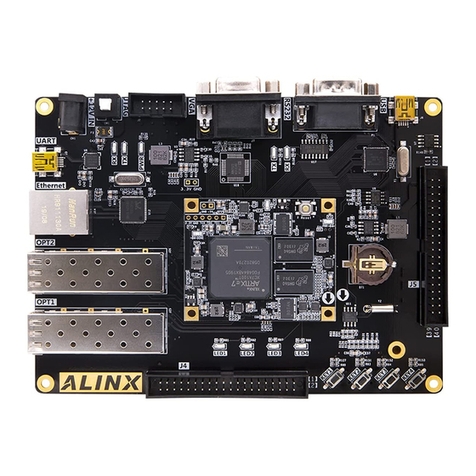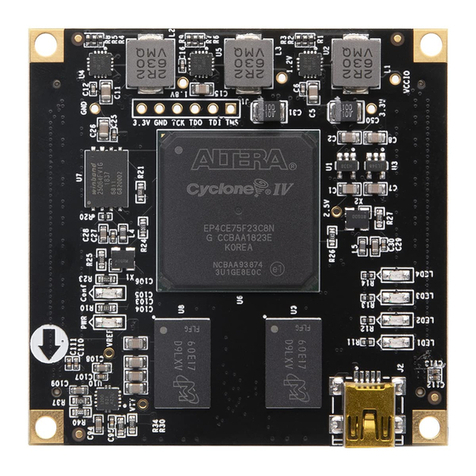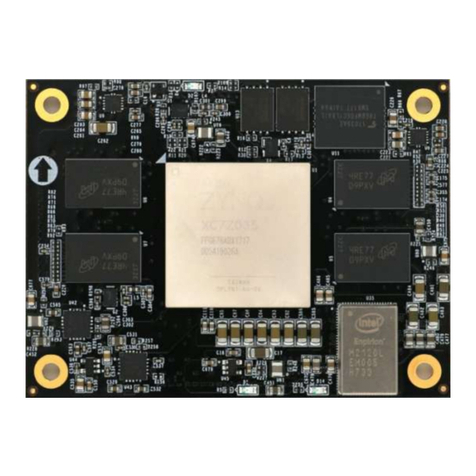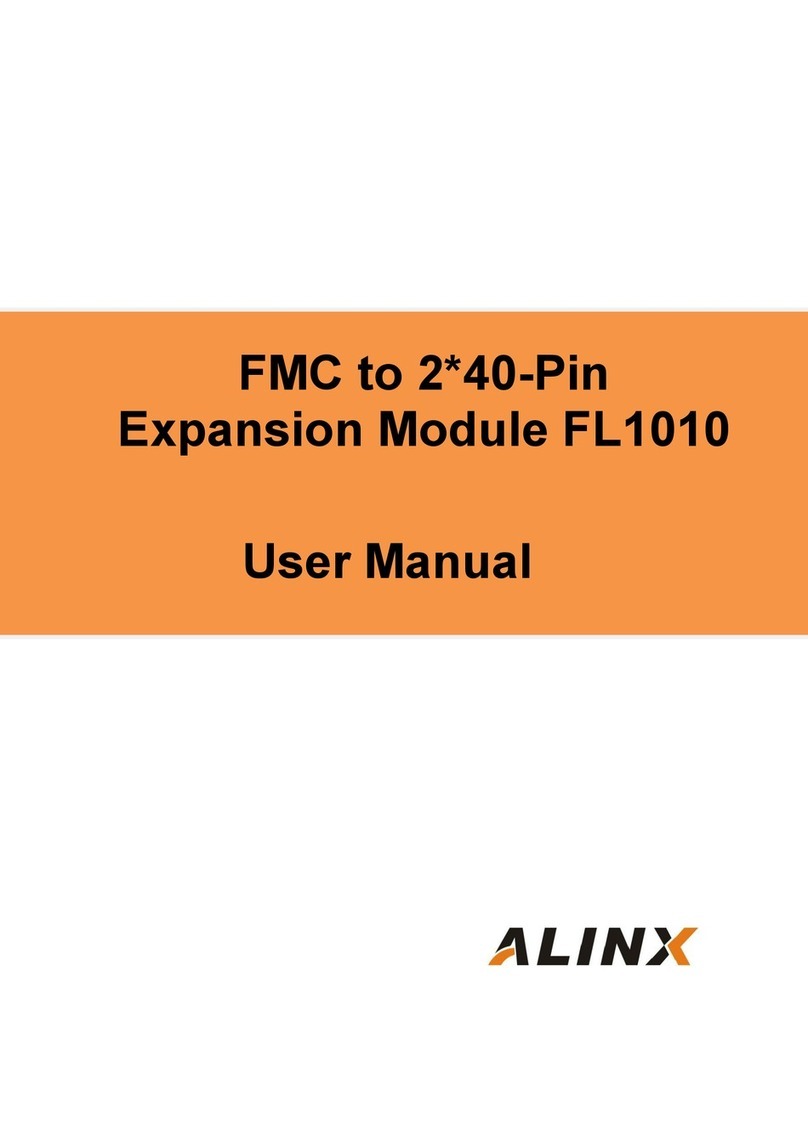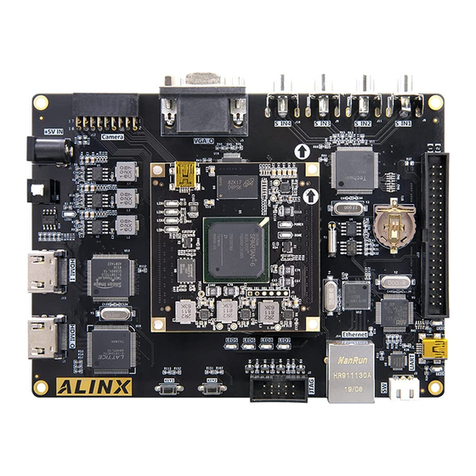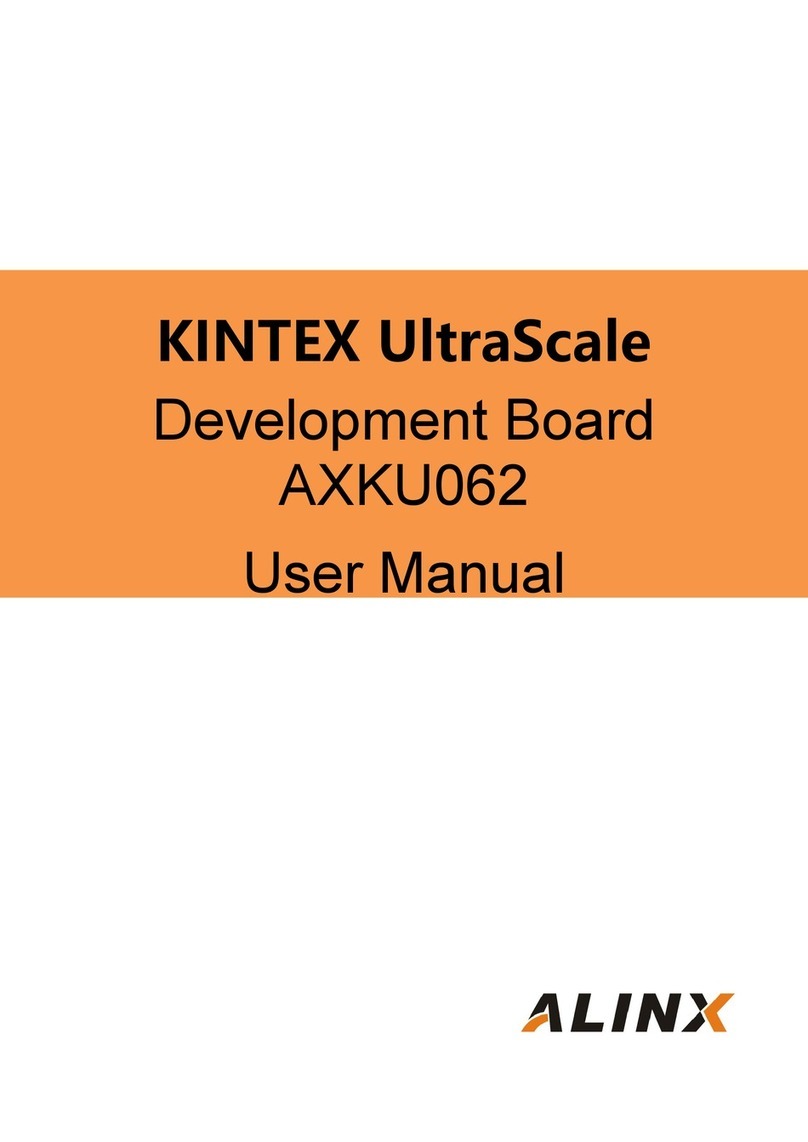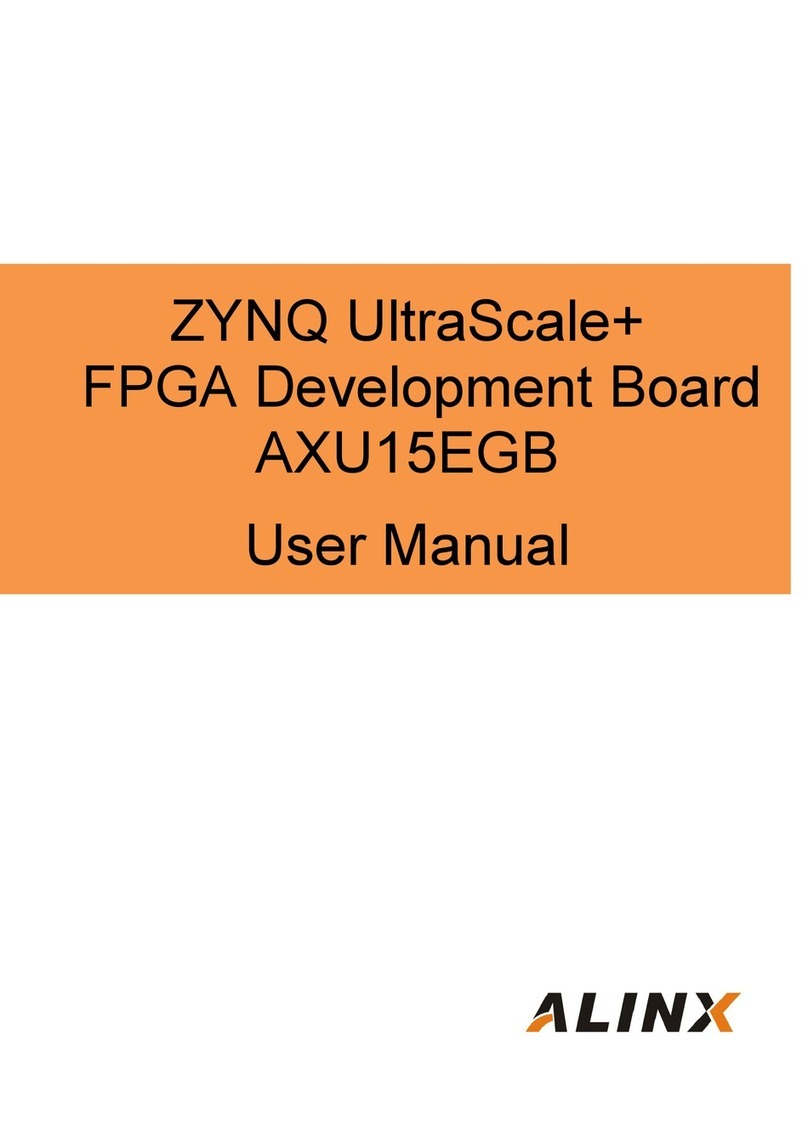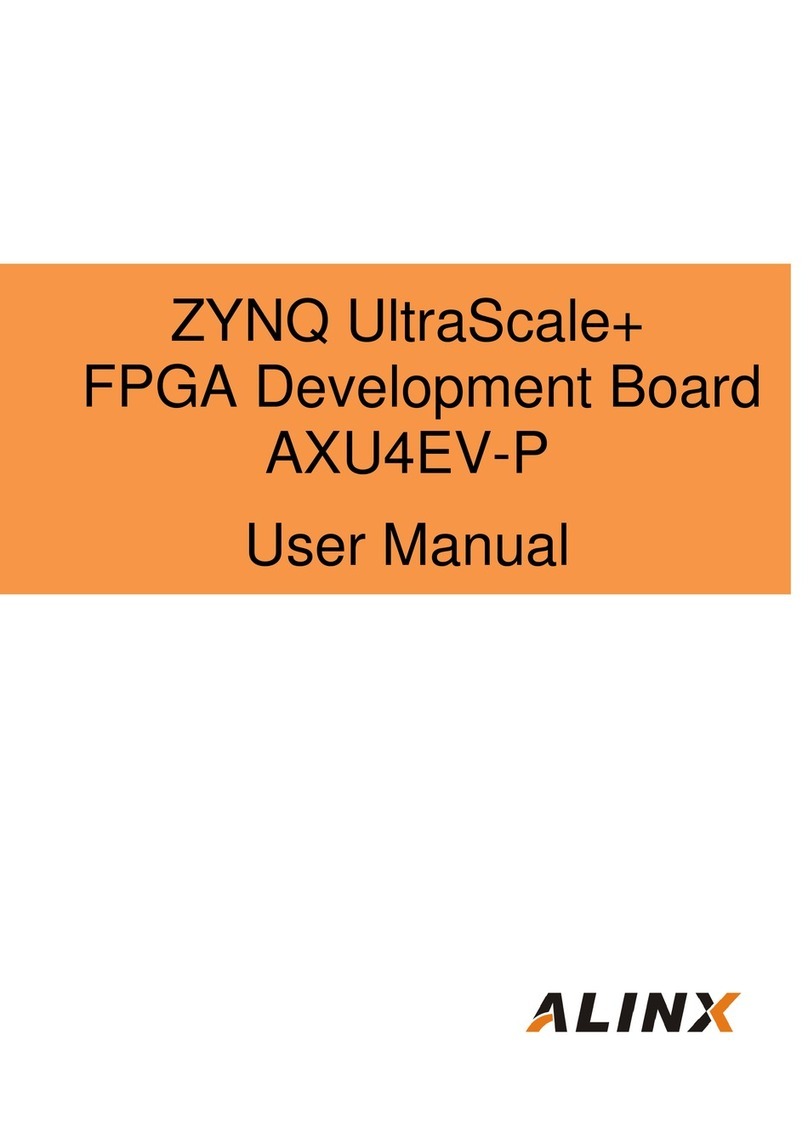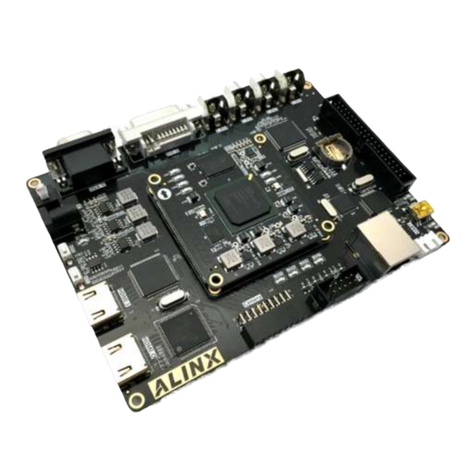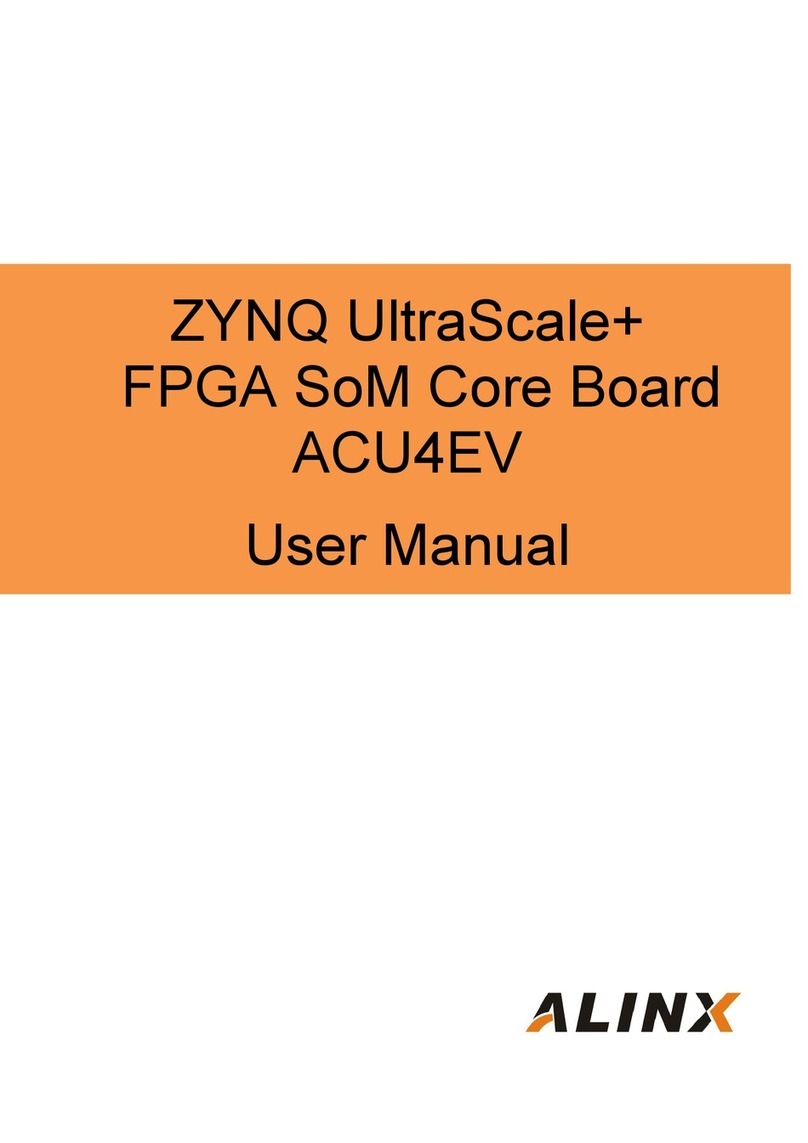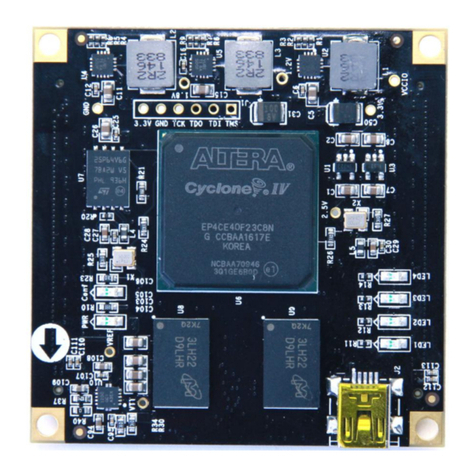
ZYNQ FPGA Development Board AX7020 User Manual
Table of Contents
Version Record...................................................................................................... 2
Part 1: FPGA Development Board Introduction................................................6
Part 2: Dimensional structure...............................................................................8
Part 3: Power Supply.............................................................................................9
Part 4: ZYNQ Chip...............................................................................................12
Part 4.1: JTAG Interface............................................................................. 14
Part 4.2: FPGA Power System..................................................................15
Part 4.3: ZYNQ boot configuration........................................................... 16
Part 5: Clock Configuration................................................................................ 17
Part 5.1: PS system clock source............................................................. 17
Part 5.2: PL system clock source..............................................................18
Part 6:ZYNQ Processor System (PS) peripherals......................................19
Part 6.1: QSPI Flash................................................................................... 19
Part 6.2: DDR3 DRAM................................................................................21
Part 6.3: Gigabit Ethernet Interface..........................................................24
Part 6.4: USB2.0 Interface......................................................................... 27
Part 6.5: USB to Serial Port....................................................................... 29
Part 6.6: SD Card Slot................................................................................ 30
Part 6.7: PS PMOD connector.................................................................. 31
Part 6.8: User LEDs.................................................................................... 32
Part 6.9: User Buttons.................................................................................33
Part 7:ZYNQ Programmable Logic (PL) peripherals..................................34
Part 7.1: HDMI Interface.............................................................................34
Part 7.2: EEPROM 24LC04....................................................................... 37
Part 7.3: Real Time Clock DS1302...........................................................38
